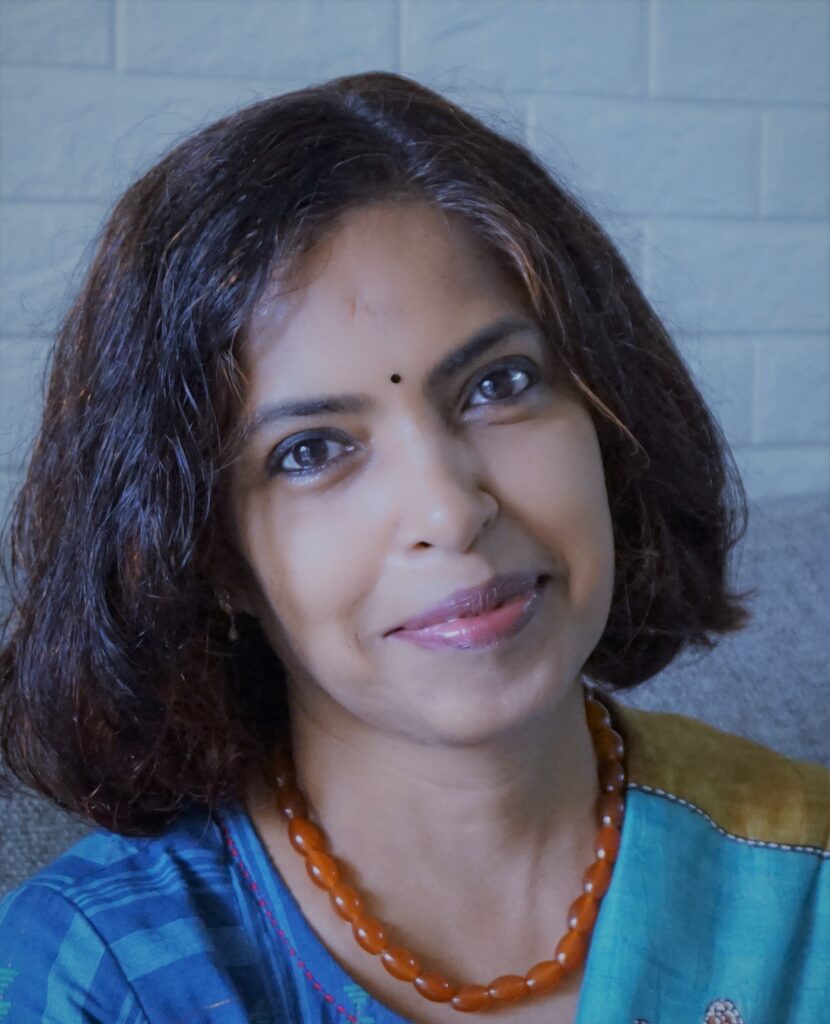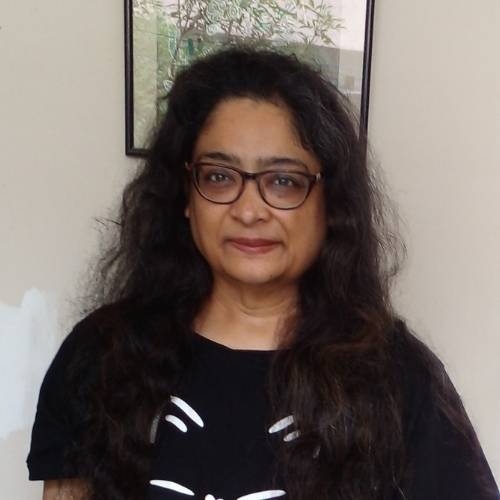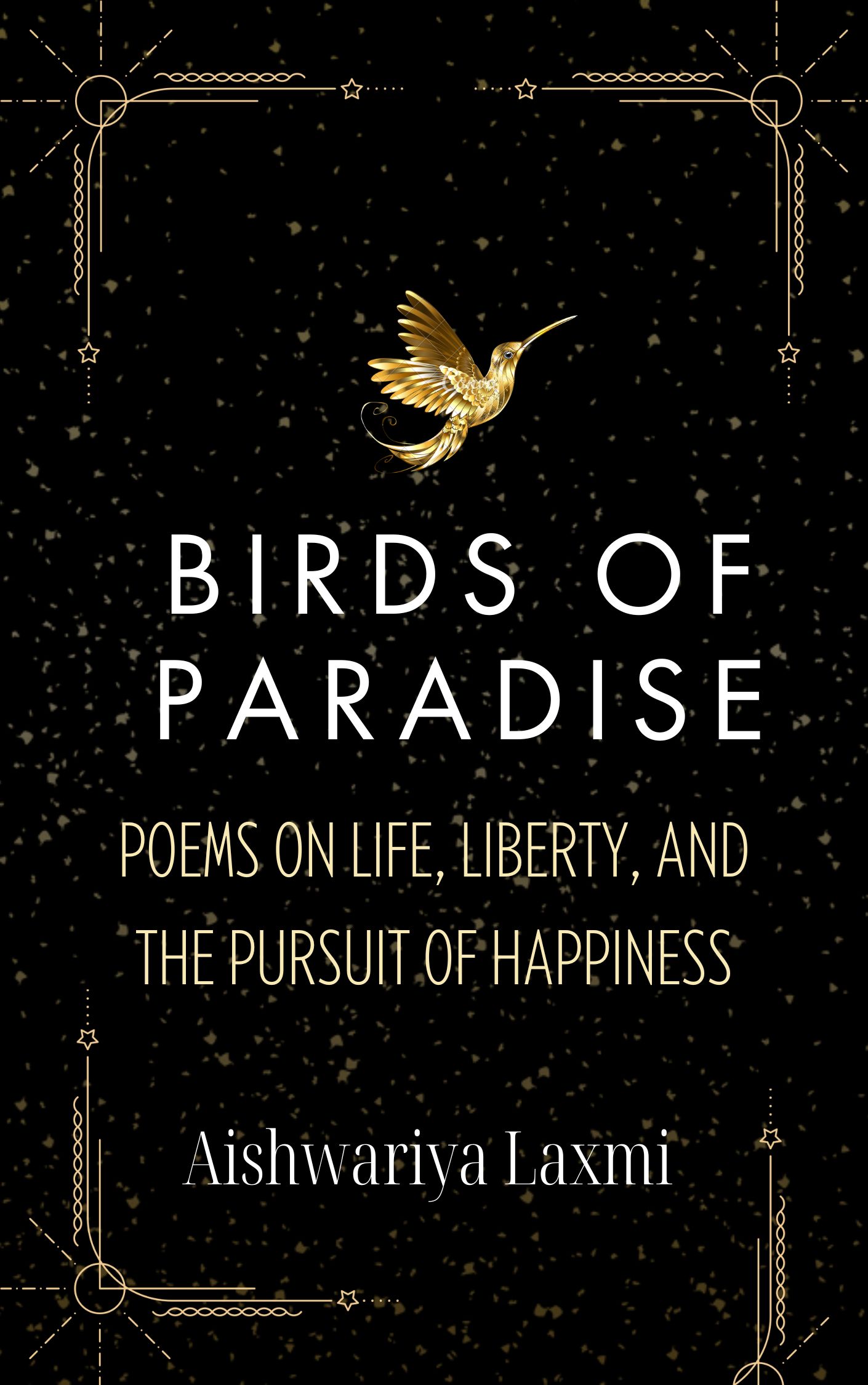- What prompted you to write ‘The Grande Matriarch of Malabar’?
Ever since my debut novel, ‘She’s a Jolly Good Fellow’ was published, I
wanted to write a story of a tharavad (ancestral home) set in Kerala. I was
intrigued by the matrilineal tradition that was distinctly different from the
patrilineal system followed elsewhere in the world. As there wasn’t much
literature available about this unique system and its transition to
modern-day society, I set my heart on writing this book. - Could you tell us about your writing process?
When an idea grips me, I plan the plot, atmosphere, and characters. I write
them down in longhand and develop a synopsis of the plot while also
creating well-rounded characters with their own unique character traits. As
I write the novel, changes happen along the way when the story begins to
take form. Once I’m done with the first draft, editing, and rewriting begins.
Then the manuscript becomes presentable and I have someone read it.
Based on the inputs received, I rewrite, edit or delete parts. Only after
many edits is a manuscript ready to be sent to a literary agent or publisher.
With ‘The Grande Matriarch of Malabar’ however, I was confused about its
narration. Should it be in the first person? Or epistolatory? Or an inanimate
tharavad narrating its own story? I rewrote this book many times in various
versions before finally settling for the nested narrative. - Could you tell us about your publishing journey?
This book faced a slew of rejections from agents and publishers. With each
rejection and feedback however, I edited and re-wrote parts of the
manuscript and deleted extraneous bulk. Readomania publishers finally
accepted the manuscript, which was earlier titled ‘Flight of a Malabar
Hornbill’, and published it as ‘The Grande Matriarch of Malabar’.

Pic of Sajita Nair provided by the author
4. Who are your favorite authors?
I have enjoyed reading books by Alexander McCall Smith, Jodi Picoult,
Haruki Murakami and Amitav Ghosh.
5. What is your current read?
The Half-known Life by Pico Iyer and The Forty Rules of Love by Elif Shafak.
6. What were some lessons you learned while writing this book?
While researching for this book, I learned about a bygone era with its rich
culture and traditions, when tharavads maintained an elevated status in the
Kerala society. And as a writer, trying to be published traditionally, I learned
that market dynamics play a crucial role in the acceptance of a book by
publishers.
7. If you could be a literary character for a day, which one would you pick?
Rima, the bird-like, lithesome forest girl from Green Mansions, for she was
ethereal, mysterious, and free-spirited.
8. What’s your advice for aspiring authors?
When writing a book, I would suggest starting with a synopsis, a short, two-
page summary which gives an overview of the plot, the characters, the tone, and the style of your story. With a synopsis, anytime you confront writer’s
block, you can always refer back to it and find your way forward. Don’t let
rejections demotivate you. Remember, perseverance is key. This quote by
Toni Morrison keeps me motivated. Hope it does for you – ‘If there is a book
you want to read, but it hasn’t been written yet, then you must write it’.
9. Which book would you recommend to bibliophiles?
For light reading, Alexander McCall Smith’s The No. 1 Ladies Detective
Agency series is delightful and engaging. For something philosophical, I
would recommend Zen and the Art of Motorcycle Maintenance by Robert
M Pirsig and The Old Man and the Sea by Ernest Hemingway. For serious
and insightful reading, you cannot miss When Breath Becomes Air by Paul
Kalanithi. If travel writing is what you are looking for, do read books by Pico
Iyer.
10. What are you working on currently?
I’m working on a book based on submariners in the Indian Navy. Not much
has been written about their profession, their grit, and their lives. Being a
submariner’s spouse, I would like to bring to the readers this facet of life in
the armed forces.











